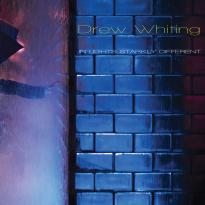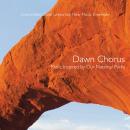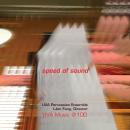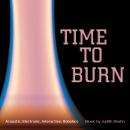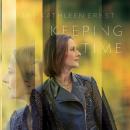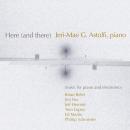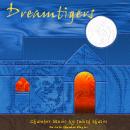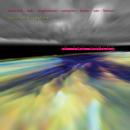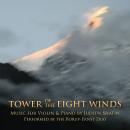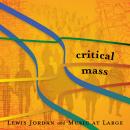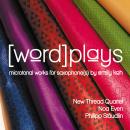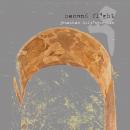In Lights Starkly Different
In Lights Starkly Different
Oshkosh, WI
| In Lights Starkly DifferentiTunes Artist's PageiTunes Album Page | |||
|---|---|---|---|
| Song Title | Time | Price | |
| 1. | Random Access | 09:00 | $0.99 |
| 2. | For the Fallen | 07:09 | $0.99 |
| 3. | Break | 10:37 | |
| 4. | As Brightness Is Smeared into Memory | 07:33 | $0.99 |
| 5. | Ötzi | 10:05 | |
| 6. | Saudade Study | 06:02 | $0.99 |
| 7. | In Lights Starkly Different | 09:37 | $0.99 |
A champion of new and experimental music, saxophonist Drew Whiting has been described (by Diakcritical.com) as a virtuoso whose performances are “exquisite and emotive… manag[ing] everything with aplomb.” His debut album on Innova Recordings, In Lights Starkly Different, features seven recent compositions for saxophone and electronics.
From beginning to end, Whiting’s album – as the title implies – has lots of variety. He performs on soprano, alto, tenor, and baritone saxophones, and the electronics are just as varied. The opening track, Random Access by John Mayrose, utilizes live electronics and gradually layers Whiting’s alto saxophone (stored in RAM) until there are dozens of him performing by the end of the piece. Whiting also lent a plethora of saxophone sounds to the creation of the electronics for Ed Martin’s raucous work Break for baritone saxophone (that explores the harmonics of its low A), as well as Jeff Herriott’s pensive work As brightness is smeared into memory for soprano saxophone. Judith Shatin’s For the Fallen juxtaposes the soprano saxophone against the clash of the Capana dei Cauditi (Bell for the Fallen, cast from canons melted after World War 1), similarly to how Alexis Bacon uses the sounds of rocks and metals with the tenor saxophone in her piece Ötzi (after a 5,000 year old mummy of the same name). Letting the listener (and performer) relax a bit, Nathan Edwards creates mellow, ambient electronics for Whiting’s tenor saxophone lines to wash over in Saudade Study (titled after the Portuguese for foggy melancholy). Edwards also happens to be the recording engineer for the majority of works on the album. Rounding out the album is the title track written by Robin Julian Heifetz. The computer-generated sounds made by Heifetz range in character from serene to apocalyptic, and Whiting’s tenor saxophone responds accordingly to achieve a near-hallucinatory sonic environment.
An active performer, Drew Whiting was recently featured at Electronic Music Midwest, and continues to perform around the country. A dedicated educator, he serves as Assistant Professor of Music at the University of Wisconsin Oshkosh, and is a Yamaha Performing Artist and Vandoren Artist-Clinician.
